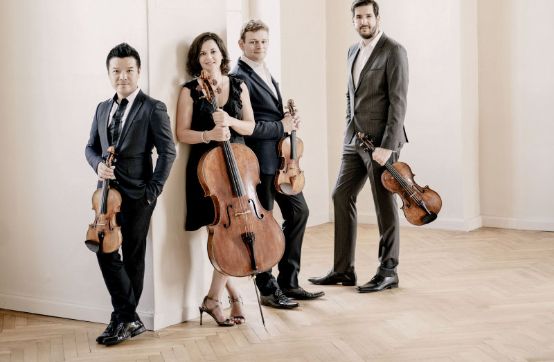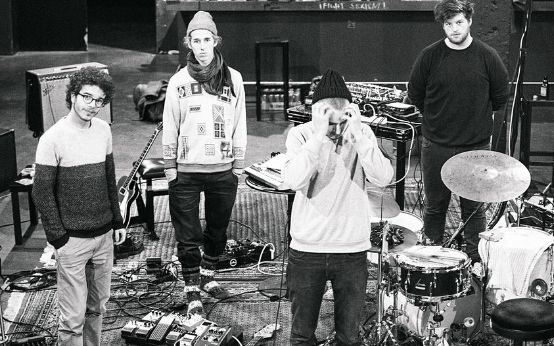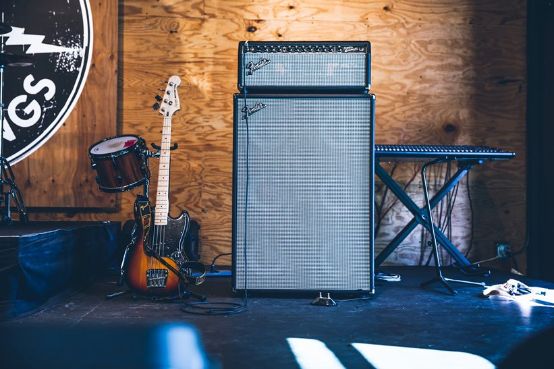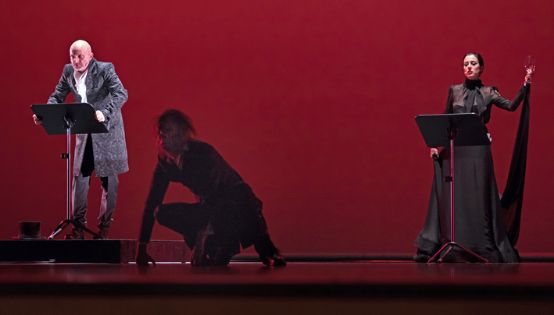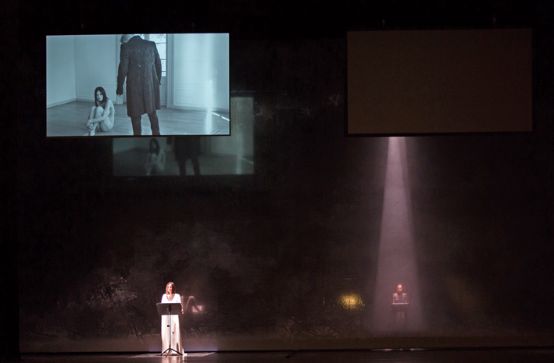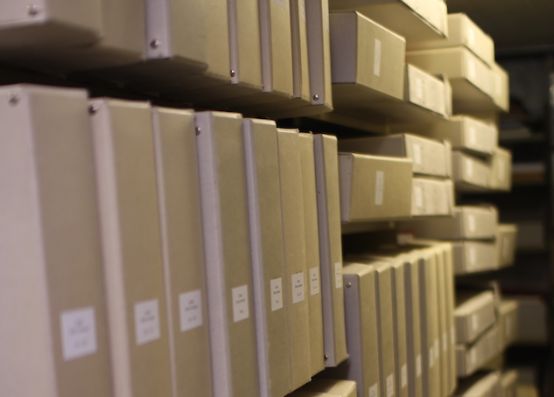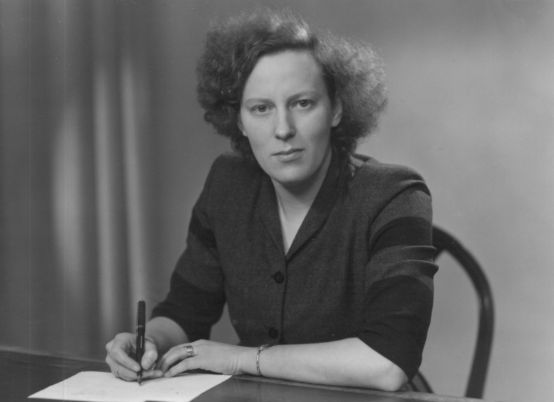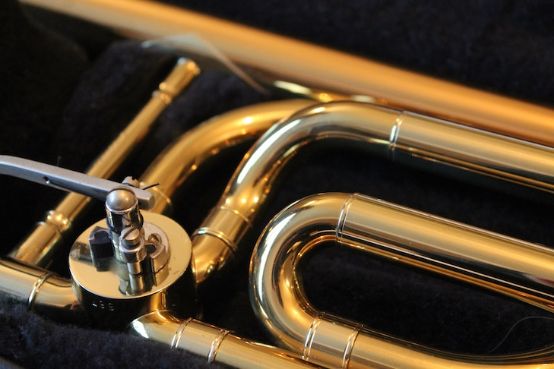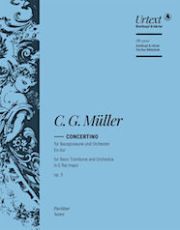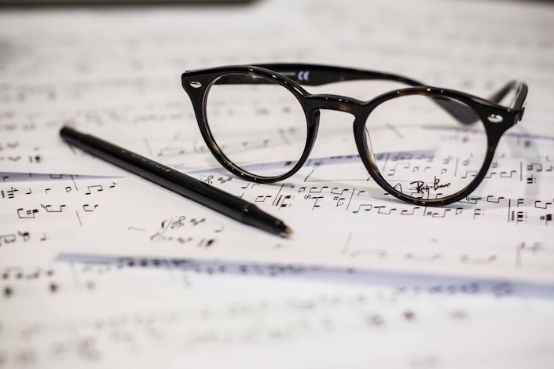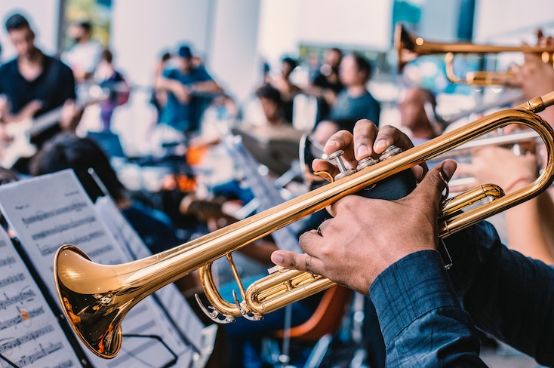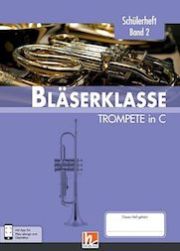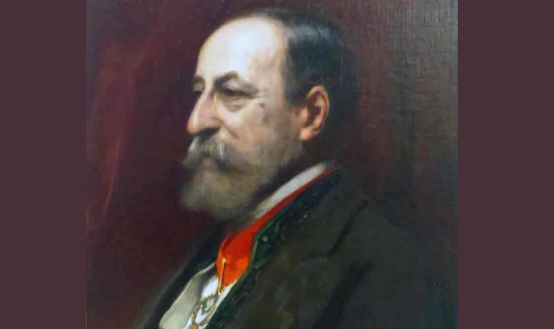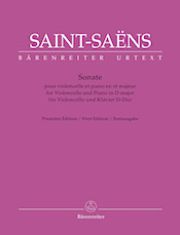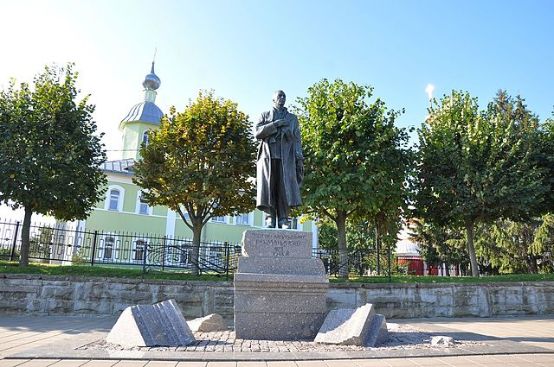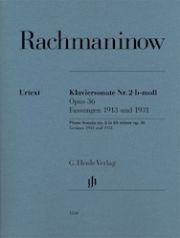In the first round of calls for proposals, three calls for proposals were carried out in the area of selective production funding in 2019: in the fields of music, theater/dance and programs by cultural event organizers. A jury of experts from within and outside the canton assessed the applications received and awarded a total of CHF 230,000. The grants go to the following projects:
Theater/Dance (8 applications)
- BAZOOKA BANDI: "Raffzahn Jack und die Rächer der Gartenbausiedlung", 40,000 francs. Patric Gehrig, Julia Schmidt. With: Jürg Plüss, Blind Butcher, Saskya Germann, Michael Eigenmann, Corinne Odermatt, Madleina Cavelti, Sonja Eisl, Bureau Substrat
- Dlaboha and the rope team: "Cytology 1/3 - the performative primal cell", 40,000 Swiss francs. Damiàn Dlaboha. With: Christine Glauser, Moritz Achermann, Lion-Russell Baumann, Judith Florence Ehrhardt, Timo Keller, Gilda Laneve, Elke Mulders, Jules Gisler
- I-Fen Lin: "takes place now", 40,000 Swiss francs. I-Fen Lin. With: Beatrice Fleischlin, Sebastian Elias Kurt, Kim Emanuel Stadelmann, Patrik Zosso, Kevin Schneeberger, Laura Ritzenfeld
Music (21 applications)
- Alois: Release and promo, 20,000 francs. Martin Schenker, Florian Schneider, Lukas Weber, Pascal Eugster. With: Dominik Meuter, Moritz Flachsmann
- GeilerAsDu: Album "Fyre Festival Diaries", 20,000 francs. Luzian Rast, Mike Walker, Fabrizio Zihlmann, Jwan Steiner, Raphael Fluri
- Tanche: Album "Tanche", 20,000 Swiss francs. Christian Zemp, Jonas Albrecht, Elischa Heller, Chadi Messmer
Programs from cultural event organizers (10 applications)
- Konzertkeller im Schtei: "im Schtei im Exil", 20,000 francs. Marco Sieber, Erich Brechbühl, Remko van Hoof, Marcel Gabriel. With: Helen Sieber, Miriam Wicki, Markus and Cornelia Brechbühl, Cyrill Bühlmann, Silvia Fleischlin, Andreas Steiner, Roger and Claudia Bühlmann, Lukas and Martina von Dach, Denise Gabriel, Maria Joller
- aha Festival Association: "aha Festival", 30,000 francs. Christoph Fellmann, Ana Matjasevic. With: Patrick Brigger, Cornelia Kazis, Valentin Groebner, Mikael Krogerus, Julia Reichert
Calls for tenders for selective production funding in June 2019
The second round of calls for proposals for 2019 has already begun and concerns the fields of music, theater/dance, annual programs of publishers as well as contributions to the fine arts and applied arts: graphics and design. A total of CHF 350,000 is available, distributed as follows:
- Grants under the Music call for proposals are awarded for publications that appear from January 2020 and the associated costs for promotion and distribution. A total of CHF 60,000 is available.
- Contributions totaling CHF 120,000 from the call for proposals in the area of theatre/dance are intended to support professional theater and dance professionals and their productions, which will be staged for the first time from January 2020.
- The call for annual programs from publishers serves to promote annual programs from publishers with a cultural focus (in the fields of literature, music, art, design, comics and photography) in 2020 and 2021. A total contribution of CHF 40,000 is available.
- Grants totaling 70,000 francs can be awarded in the call for proposals for fine art. The Applied Arts call for proposals awards work grants totaling CHF 60,000 to artists in the fields of illustration and animation.







